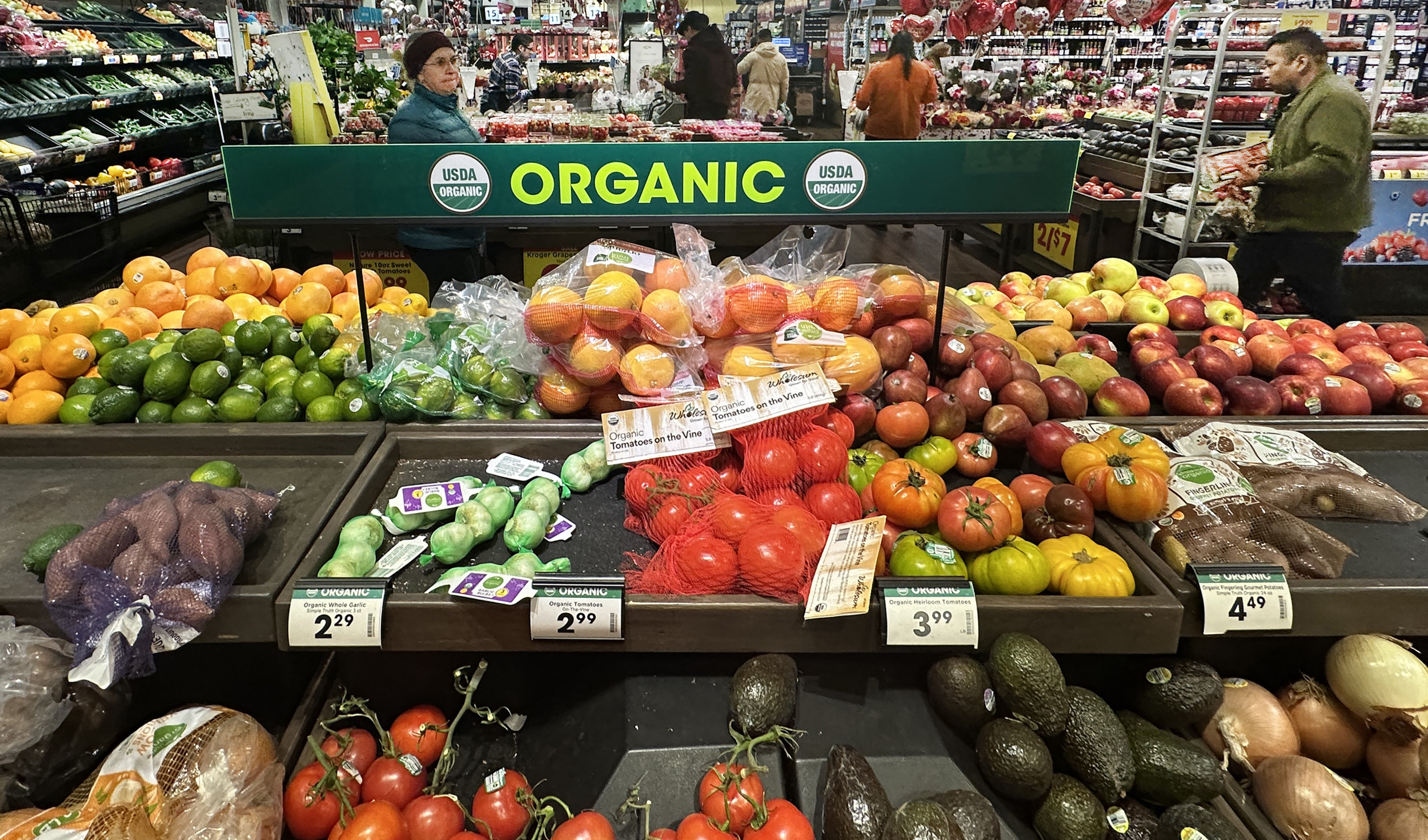World
Which States Have Seen the Biggest Price Hike at the Grocery Store?

The Rising Cost of Groceries Across America: A Detailed Exploration
Introduction: Understanding the Study
A recent study delves into the escalating costs of groceries across the United States, highlighting the disparities in how these increases affect different states. Conducted by WalletHub, the research examined the spending on 26 common grocery items across all 50 states, comparing these costs to median household incomes. The findings reveal a stark contrast between states with the highest and lowest percentage increases in grocery prices. Mississippi tops the list with a 2.64% increase, followed closely by West Virginia and Arkansas. Conversely, states like New Jersey and Maryland experienced the smallest increases. This analysis not only underscores the economic strain on households but also sheds light on the broader implications for the nation’s economy.
The Economic Impact: Why It Matters
The rise in grocery prices is a significant concern for many American households, particularly those in states with lower median incomes. Mississippi, despite having relatively lower grocery prices, faces a considerable challenge due to its median household income of $54,203, which is significantly lower than that of New Jersey, at $99,781. This disparity illustrates how percentage increases in grocery costs can disproportionately affect those with limited financial flexibility. The study’s findings suggest that the burden of rising prices is not evenly distributed, with Southern and Southwestern states bearing the brunt. This economic strain can lead to difficult choices for households, affecting overall living standards and economic stability.
Key Findings: States Most Affected
The study identifies the states most affected by rising grocery costs, with Mississippi leading at a 2.64% increase. Following closely are West Virginia (2.57%), Arkansas (2.49%), Kentucky (2.41%), Louisiana (2.39%), New Mexico (2.36%), Alabama (2.34%), South Carolina (2.27%), Tennessee (2.23%), and Oklahoma (2.21%). These states, many with lower median incomes, are particularly vulnerable to price fluctuations. Conversely, states with higher median incomes, such as New Jersey and Maryland, experienced smaller increases, highlighting the protective effect of higher earnings against cost volatility.
Political Reactions: Promises and Policies
The issue of rising grocery costs has sparked political debate, with President Donald Trump promising to alleviate economic pressures. Despite these assurances, grocery prices have continued to rise, drawing criticism from political opponents. Democratic leaders, such as Illinois Governor J.B. Pritzker and Senate Democratic Leader Chuck Schumer, have attributed the increases to Trump’s policies, dubbing the situation "Trumpflation." White House economic adviser Kevin Hassett has defended the administration’s approach, emphasizing supply-side economics and tariffs as potential solutions. However, the effectiveness of these measures remains uncertain, as tariffs may inadvertently increase consumer costs.
Policy Implications: Tariffs and Trade
The Trump administration’s response to rising costs includes the imposition of new tariffs, aimed at addressing the trade imbalance by taxing imported goods. While intended to protect domestic industries, tariffs often result in higher consumer prices, as importers pass on costs. This approach risks exacerbating the financial burden on American households, particularly in states already struggling with higher grocery prices. The long-term impact of these tariffs on inflation and economic stability is a subject of ongoing debate.
Conclusion: Moving Forward
As the nation grapples with the challenge of rising grocery costs, the study’s findings underscore the need for comprehensive solutions. The administration’s reliance on tariffs, while aimed at economic leverage, may not provide immediate relief. Policymakers must consider the intersecting factors of income levels, regional price variations, and trade policies to mitigate the burden on vulnerable households. The political discourse surrounding this issue highlights the urgent need for bipartisan cooperation to address the groin pains of inflation and ensure economic stability for all Americans.











